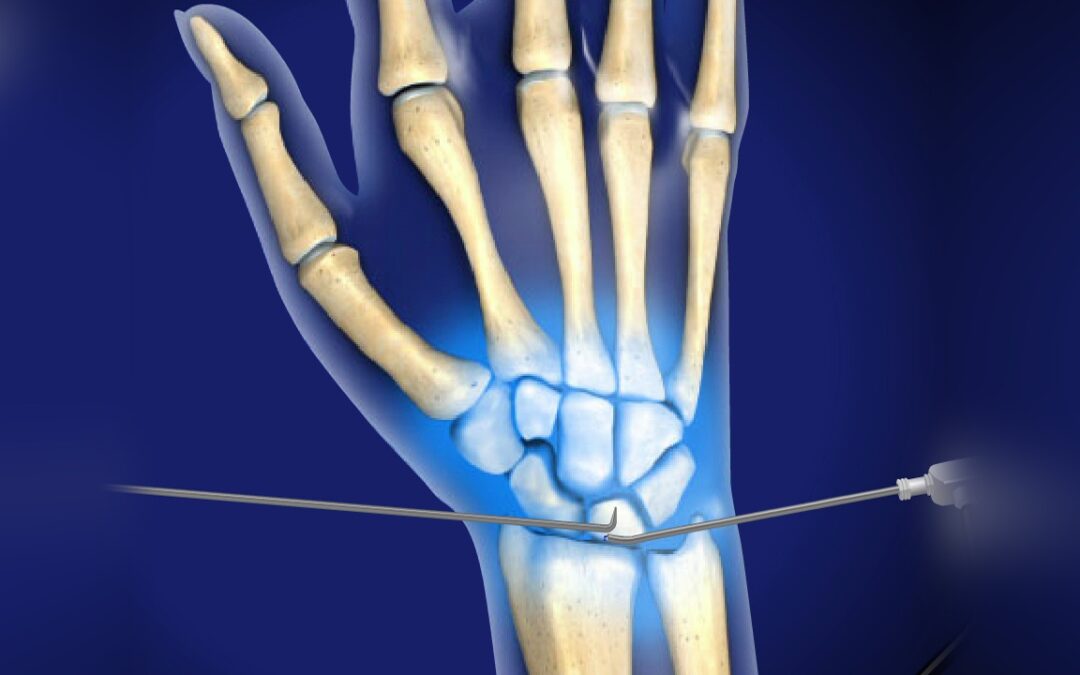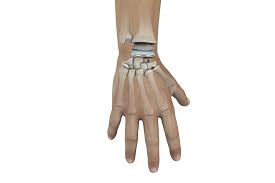Wrist Ligament Injuries
Ligaments are tough bands of tissue that connect bones to each other. They help to stabilize joints and prevent them from moving too much. Wrist ligaments can be injured in a number of ways, including:
- Falls: A fall onto an outstretched hand can injure the ligaments on the front of the wrist.
- Sports injuries: Wrist ligament injuries are common in sports that involve contact, such as football, basketball, and hockey.
- Overuse injuries: Wrist ligament injuries can also occur in people who use their wrists repetitively, such as factory workers or musicians.
When a wrist ligament is injured, it can cause pain, swelling, and decreased range of motion in the wrist. In some cases, the ligament may be completely torn.
If a wrist ligament injury is not treated, it can lead to chronic pain and instability in the wrist. In some cases, it may even lead to arthritis.
If you have a wrist ligament injury, your doctor will examine your wrist and take X-rays. In some cases, you may also need an MRI scan.
If the ligament is only sprained, your doctor may recommend non-surgical treatment, such as:
- Rest: Avoid using the wrist and keep it immobilized in a splint or cast.
- Ice: Apply ice to the wrist for 20 minutes at a time, several times a day.
- Compression: Compress the wrist with an elastic bandage.
- Elevation: Elevate the wrist above the heart.
- Medications: Over-the-counter pain relievers, such as ibuprofen or naproxen, can help to relieve pain and inflammation. In some cases, your doctor may prescribe stronger medications, such as steroids or cortisone injections.
- Physical therapy: Physical therapy can help to improve range of motion and strength in the wrist.
If the ligament is completely torn, you may need surgery. The goal of surgery is to repair the ligament and restore stability to the wrist.
There are a number of different surgical procedures that can be used to repair a torn wrist ligament, including:
- Arthroscopy: This minimally invasive procedure allows the surgeon to view the inside of the wrist and make repairs without making a large incision.
- Open surgery: This procedure involves making a larger incision in the wrist to access the ligament.
After surgery, you will need to wear a splint or cast for several weeks. You will also need to do physical therapy to regain range of motion and strength in the wrist.
The prognosis for wrist ligament injuries is variable and depends on the severity of the injury. Most people with minor wrist ligament sprains are able to make a full recovery and return to their normal activities while those with complete tears of their ligaments that require operative repair have less favourable results.













